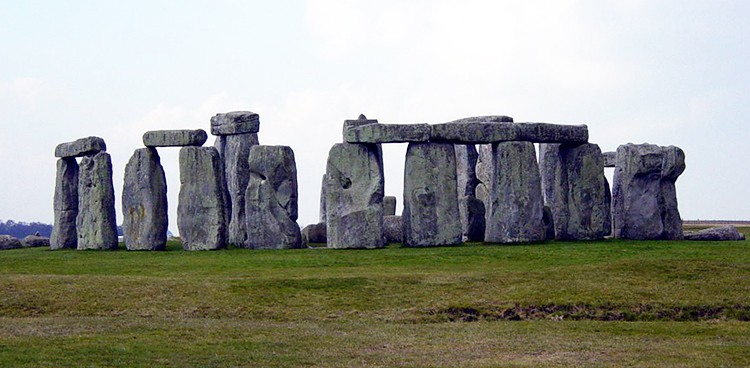
Have you ever been so frustrated in the kitchen that you just wanted throw out the entire dish you were working on? I know I have, on more than one occasion—working in a restaurant, I’ve ended up scraping the charred bottoms of quite a few pots as I learned the ropes. This isn’t an entirely modern problem, however. As a recent discovery shows us, a Danish cheesemaker ran into a similar situation about 3,000 years ago.
This isn’t the first time archaeologists have discovered abandoned dairy products, but this recent find is particularly interesting because it appears to have been the result of a chef’s mistake. Archaeologists were excited by the pot, The Localreports, but were more intrigued when they discovered the burnt substance inside.
The substance was unlike the corn or grain remnants usually found in pots from this time period. “Here we found a white-yellow crust that we hadn’t seen before,” Kaj F. Rasmussen told ScienceNordic. After lab analysis, scientists at the Danish National Museum found the substance to be remnants of solidified bovine fat—n other words, it appears to be very old, burnt cheese curds.
Hard cheeses were traditionally made during this period because they were easy to store through long winters when other food sources were unavailable. From what we can gather, it seems like this cheesemaker left his pot on the heat for too long and the curds burnt, stuck to the bottom of the pot.
We’re all familiar with stinky cheeses, but this one might have been a little too much for the cheesemaker to handle. “It’s well and truly burnt and must have smelt terrible,” Rasmussen said.
Archaeologists are thankful that the pot got thrown away all in one piece, and most likely this ancient person’s housemates are, too!



